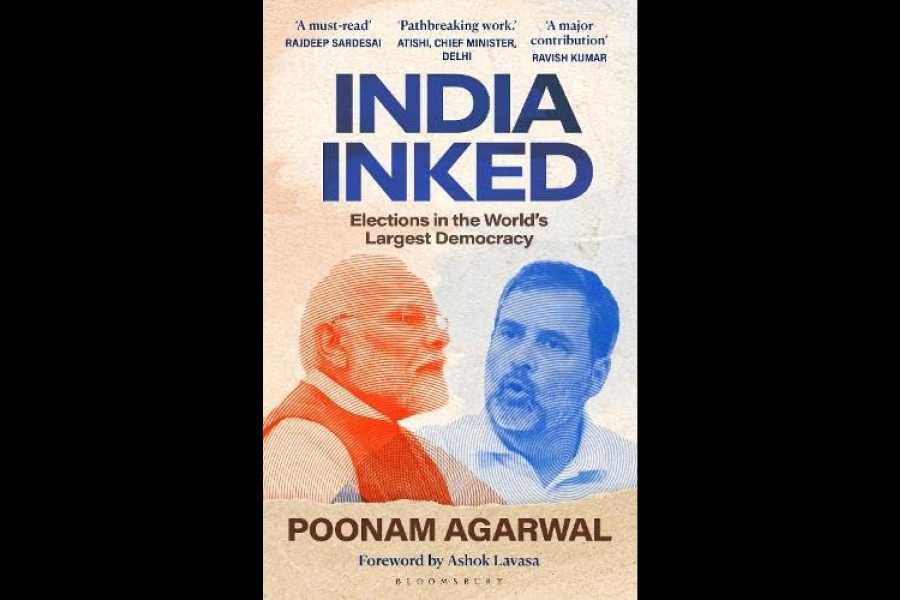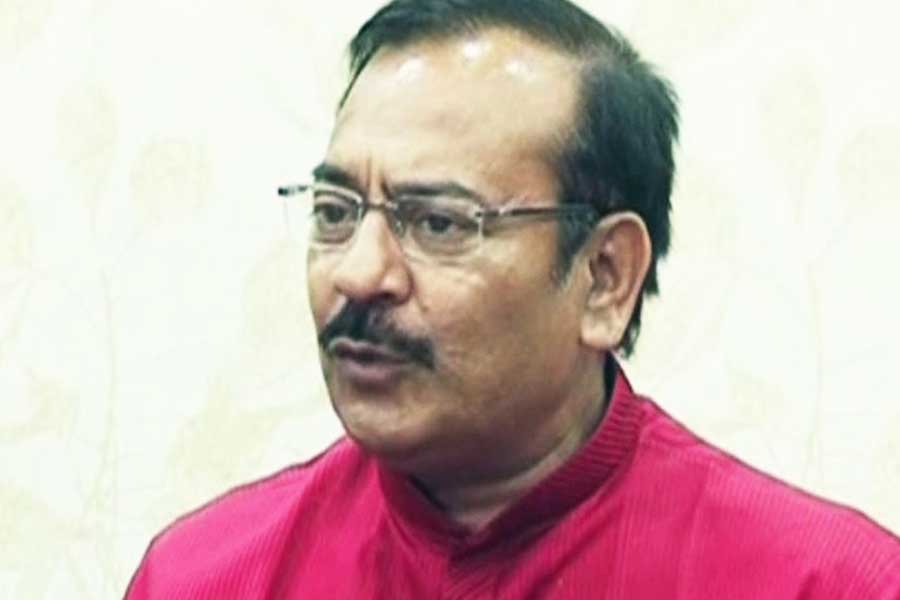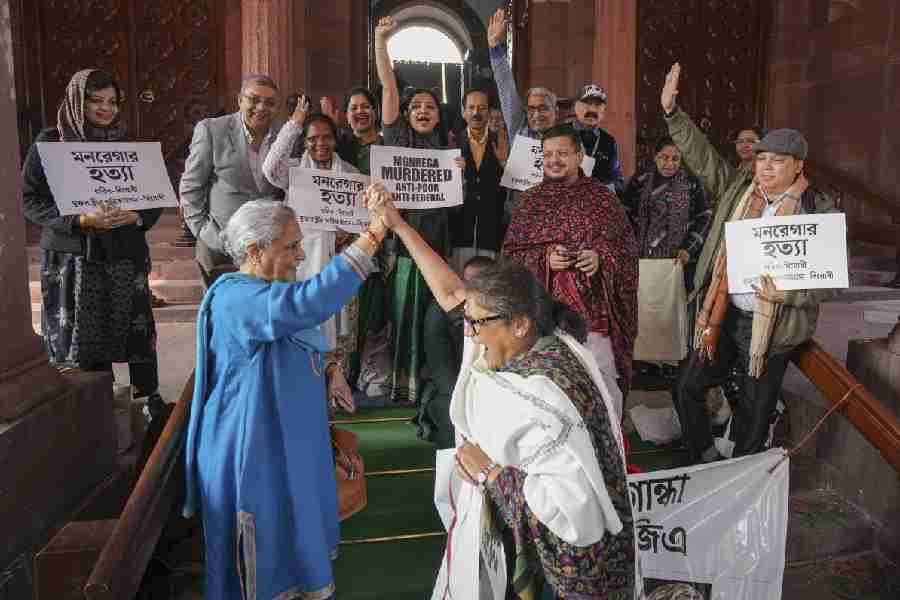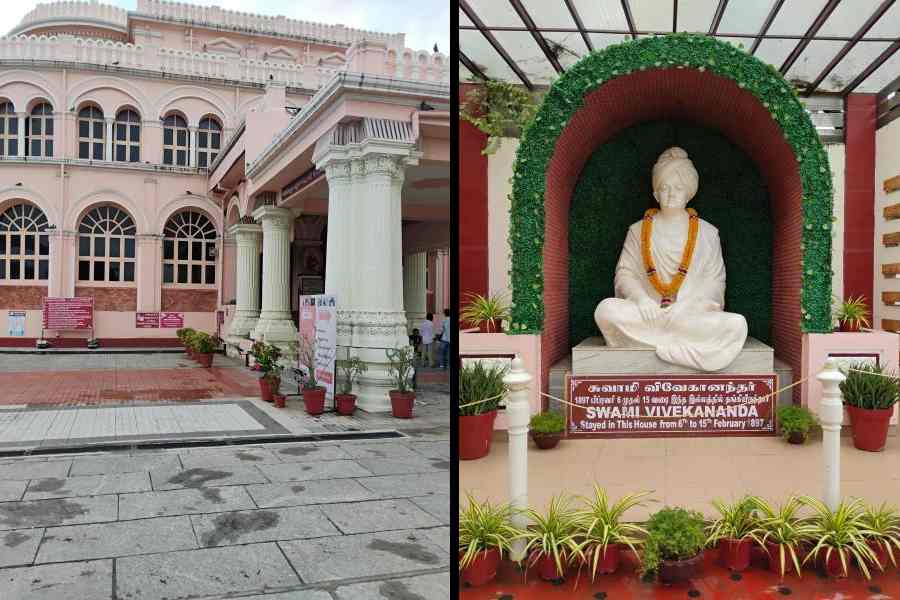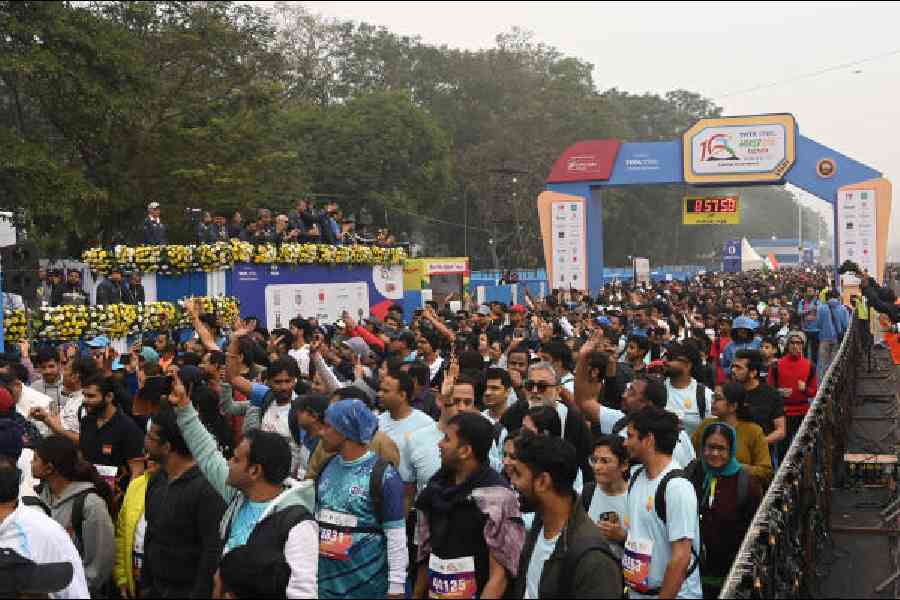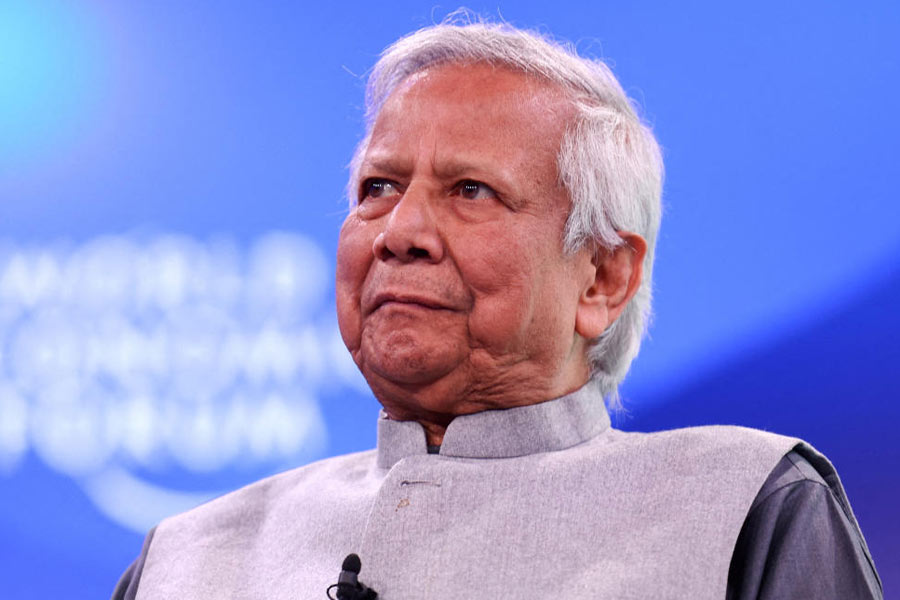The ADR’s (Association for Democratic Reforms) petition in September 2017 marked the beginning of the legal battle against the electoral bonds scheme in the SC (Supreme Court) which resulted in the court’s judgement in February 2024. The main prayer of the petition was to strike down the Finance Act, 2017, that is, the electoral bonds scheme itself.
Based on the ADR’s petition, the SC issued notices to various ministries and government bodies like the RBI and the ECI for their response. However, the ADR’s petition received limited coverage in newspapers and digital news portals. It failed to create a public stir, and while the general public may not have fully understood the implications of the scheme, one would have expected the opposition parties to voice their concerns.
Only one political party spoke against the scheme: the Communist Party of India (Marxist). Late Sitaram Yechury, who was then general secretary of the CPI(M), filed a separate petition in the SC on 19 January 2018, calling for a striking down of the electoral bonds scheme. The CPI(M) was the only party that refused to accept donations through the bonds, and it took a strong stance against the scheme by filing a petition in the SC. The petition emphasised that the amendments made in the Finance Act, 2017, would “jeopardise the very foundation of Indian Democracy”. The CPI(M) petition warned of the inevitable consequences of these amendments, stating that they would lead to ‘the destruction of the principle underlying Article 19(1)(a) and the concept of democratic institutions functioning for the interests of the people. Quid pro quo arrangements, not unknown to Indian polity, will only be strengthened.’ The SBI started selling the electoral bonds at various branches located in cities across the country from March 2018. The BJP government ignored the pending petition and implemented the scheme as planned.
No one was aware of the unique hidden alphanumeric code embedded in the electoral bonds until March 2018. Unfortunately, even after my article on the unique hidden alphanumeric code published in April 2018, many political parties either couldn’t understand the importance of the embedded code or were simply not bothered that their donors were being tracked by the ruling party.
A politician from the opposition party reached out to me after reading my article and requested that I show him the hidden alphanumeric code in the bonds. He informed me over a phone conversation that senior leaders of his party wished to highlight the issues related to electoral bonds. I was pleased that the opposition party was interested in this matter. Voices of concern raised in the public domain would help in expediting the hearing process in the SC, I hoped. Unfortunately, the Opposition was neither strong nor active in 2018, but I went to meet him at his Delhi office with a lot of hope.
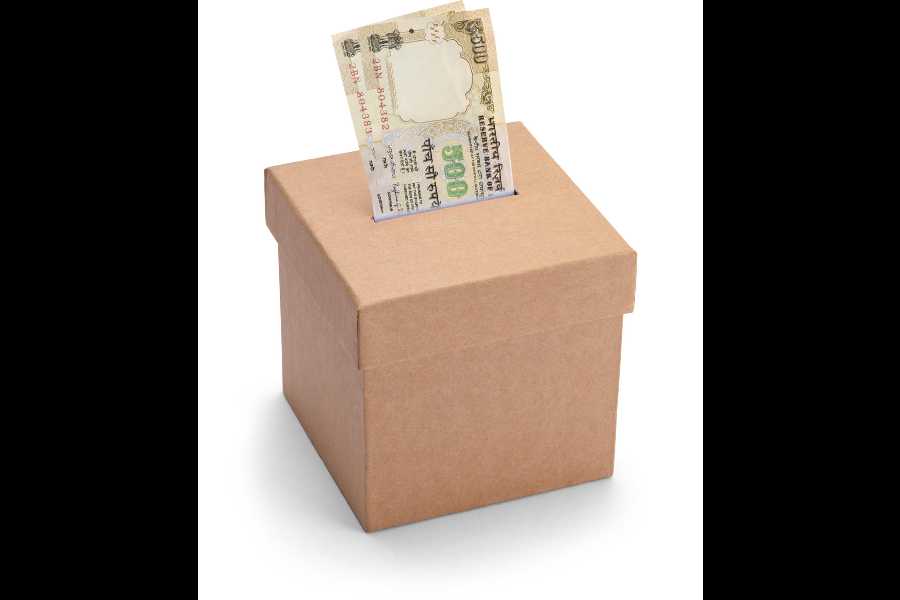
Small Brown Ballot Box.
It was a forty-five-minute meeting where I explained how the ruling BJP was secretly tracking the donors of the electoral bonds through unique hidden alphanumeric codes, but the general public had no right to know about them. He acknowledged the seriousness of the matter, adding that political parties should boycott the scheme by not accepting donations through bonds. He assured me that he would speak with senior party leaders about the tracking done through the numbers on the bonds and would raise the matter in the Parliament. But this did not happen.
It was only civil society members, vigilant citizens and politicians like Sitaram Yechury and his party members who worried about the electoral bonds scheme, fully understanding the ulterior motives of the ruling BJP government leaders. Petitions filed by Yechury mentioned the dangers of quid pro quo and the formation of shell companies to route black money. Only in 2024 did we get to know for sure that those fears were real.
Even after my exposé the SBI continued to sell bonds and donors continued to purchase them despite fully understanding that there was a possibility of them being tracked by the government. This further proved that no political party was worried about the scheme or its flaws and all they were concerned about was the money they were receiving through the bonds.
After reviewing my articles and multiple petitions filed in the SC, two transparency activists, Commodore Lokesh Batra (retd) and Anjali Bhardwaj, filed RTI requests with ministries and bodies like the RBI, the SBI and the MoF to collect more
information about the bonds. The ECI too raised objections to the scheme. Batra’s and Bhardwaj’s labour, patience and persistence in chasing RTI responses of ministries and government institutions exposed that almost every bureaucrat involved in the execution of the scheme had objected to it as I discussed in the previous chapter. Batra filed several RTIs every month to uncover other details related to the electoral bonds like the number and denomination of bonds sold in different tranches since March 2018. One RTI response revealed that 99.9 per cent of the bonds sold were denominations of ₹10 lakh and ₹1 crore, indicating that most donors were big companies and not the general public.
Another RTI filed by Batra revealed that the printing of the electoral bonds was done with taxpayer’s money. The Union government had incurred a bill of almost ₹14 crore that was to be paid with taxpayers’ money. The cost of printing one bond was ₹25 plus GST charges of 12 per cent levied by the Centre and the state governments, as reported by The Wire.
Apart from me, a few other news organisations published multiple stories highlighting the bond issues, but they never gained the desired traction. I often wondered if it was because the scheme was difficult to follow and did not affect the general public directly or if there was a lack of awareness about the scheme because mainstream media did not focus enough on it.
The ADR filed more applications on the pending bonds petition in the SC to provide information on the issue. The first application was filed on 5 March 2019 in the SC, just a few weeks before the 2019 Lok Sabha elections began. It was filed by the senior advocate Prashant Bhushan’s team on behalf of the ADR in continuation of the demand to impose a stay on the sale of the electoral bonds. This application cited various news articles and RTIs highlighting issues such as the BJP receiving almost 95 per cent of donations through electoral bonds in financial year 2017-18. The scheme permitted only quarterly sale of the bonds, but the SBI was selling it more frequently since the Lok Sabha elections were approaching. The application demanded an immediate stay on the scheme. This application, however, did not mention the
existence of the unique hidden
alphanumeric code.
The SC asked the political parties to submit the details of the electoral bonds donations in a sealed cover to the ECI by 30 May 2019. Complying with the SC’s orders, political parties submitted information related to the electoral bonds with the ECI.
Batra filed an RTI application with the ECI, seeking information about the number of political parties that had submitted information on the bonds’ donors. The ECI’s response revealed that as many as 105 political parties had submitted a report to the ECI. But the RTI response raised further concerns and questions.
According to the electoral bonds scheme, only political parties which obtained at least 1 per cent share of the electoral votes cast in the Lok Sabha elections or Vidhan Sabha elections would be eligible to receive electoral bonds. The ECI in its RTI response revealed that 105 political parties had submitted responses on electoral bonds.
I carried out an investigation into these names in collaboration with the Reporters’ Collective, along with journalists Shreegireesh Jalihal and Somesh Jha.
Published with permission from Bloomsbury India

